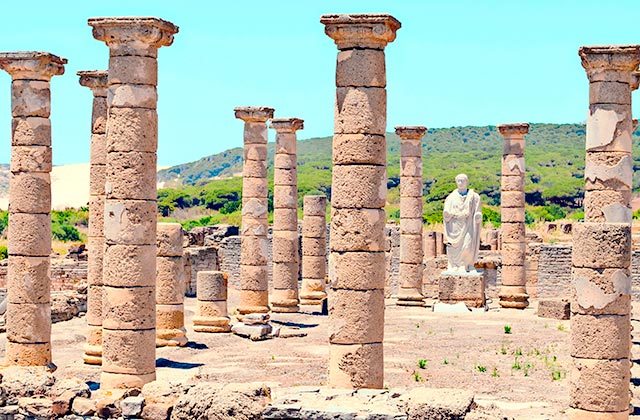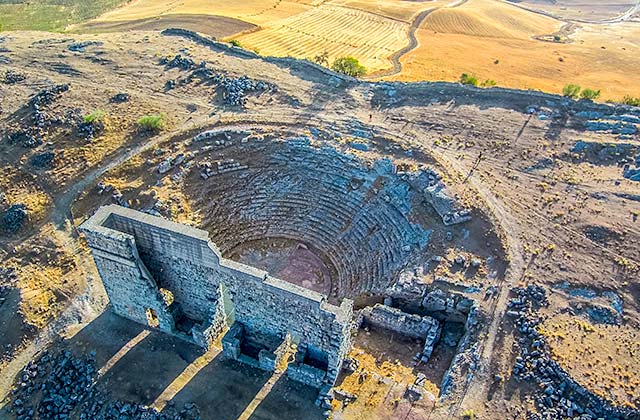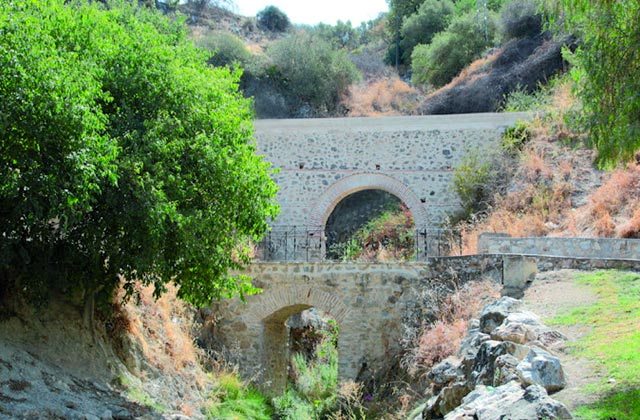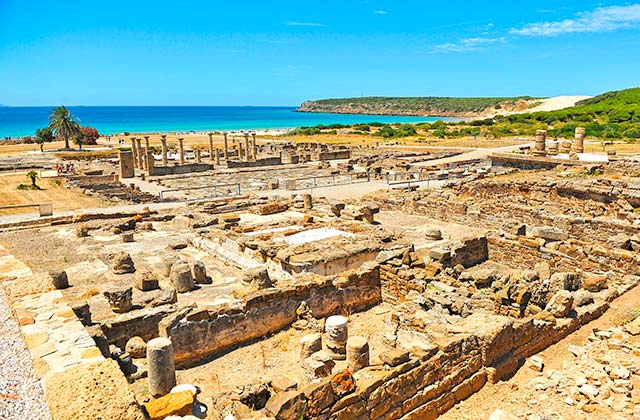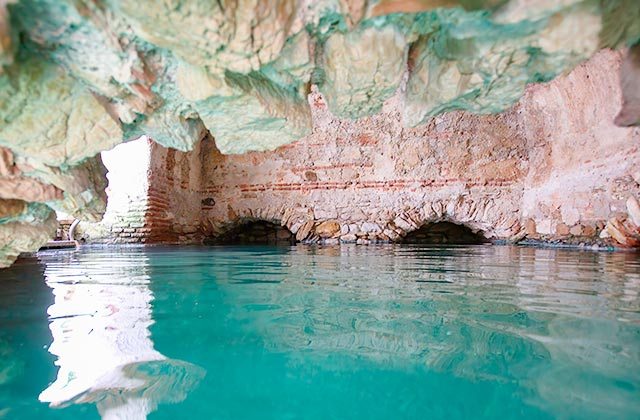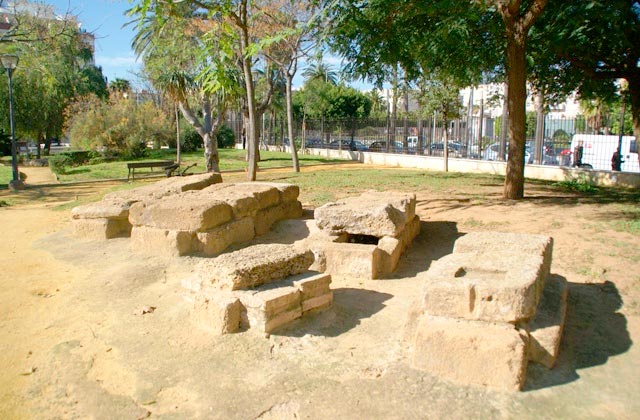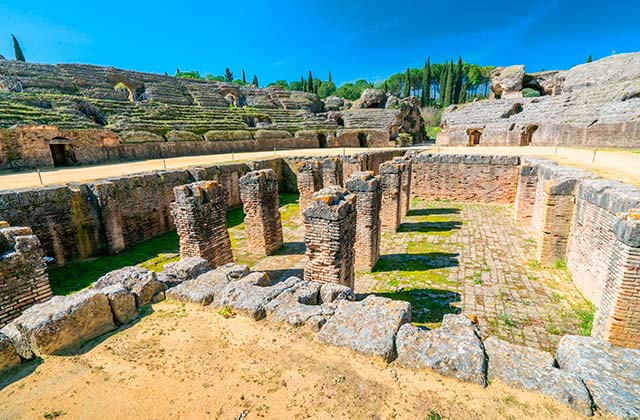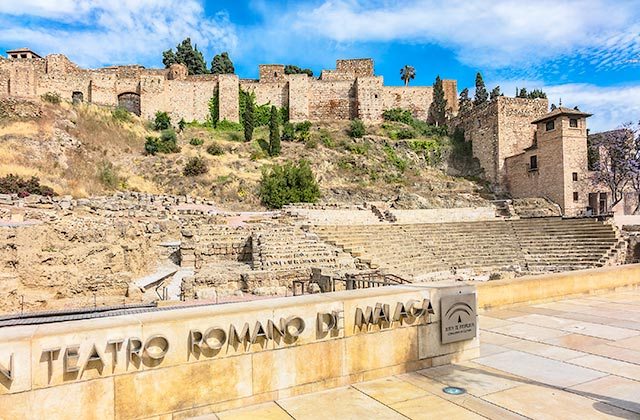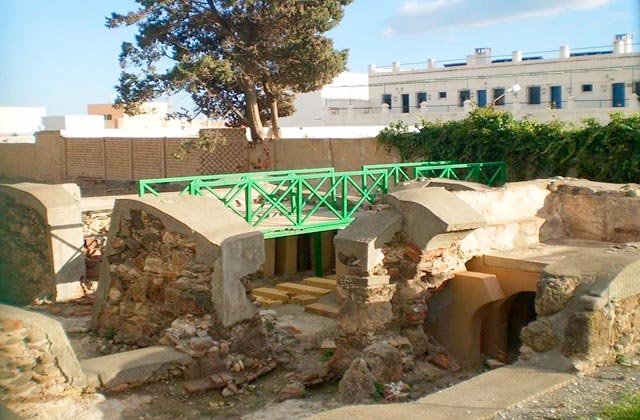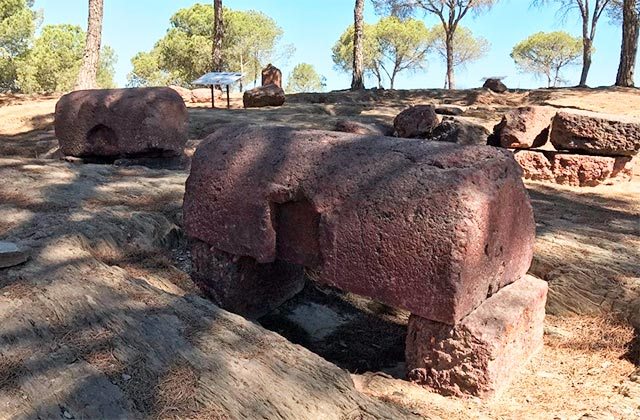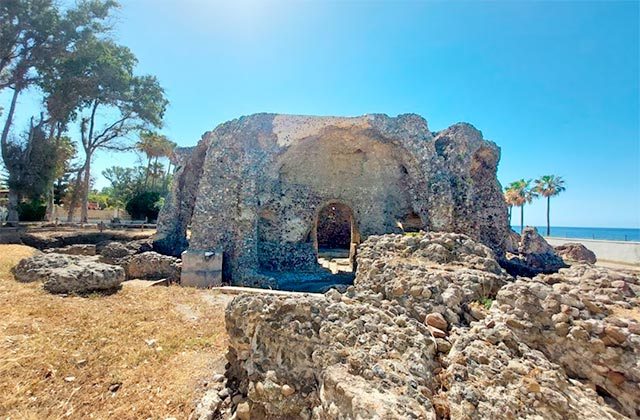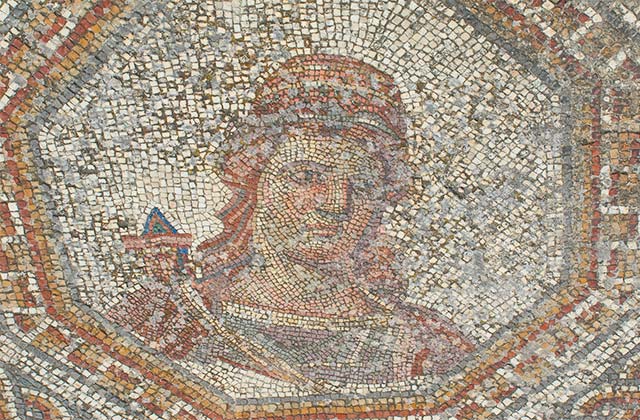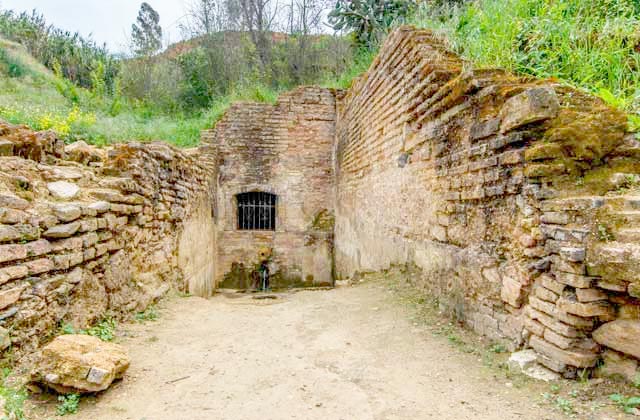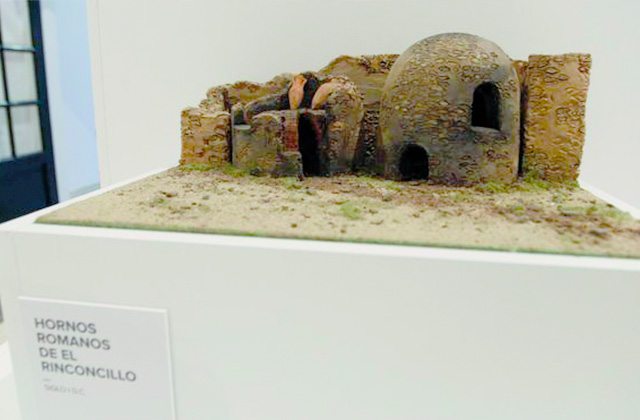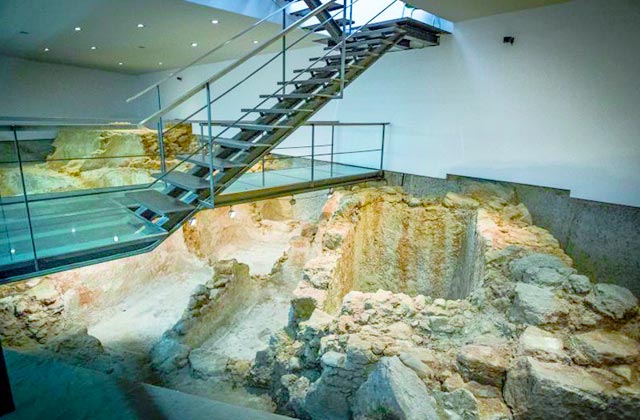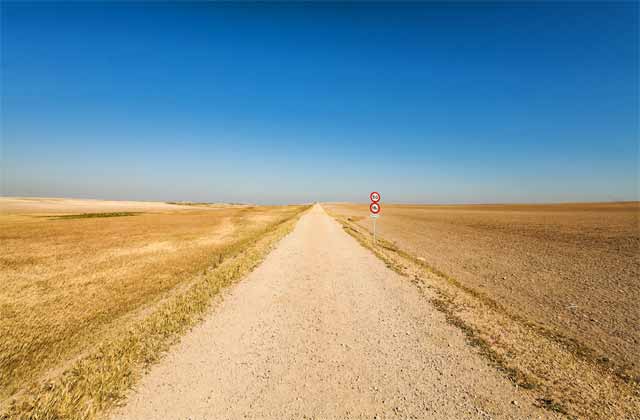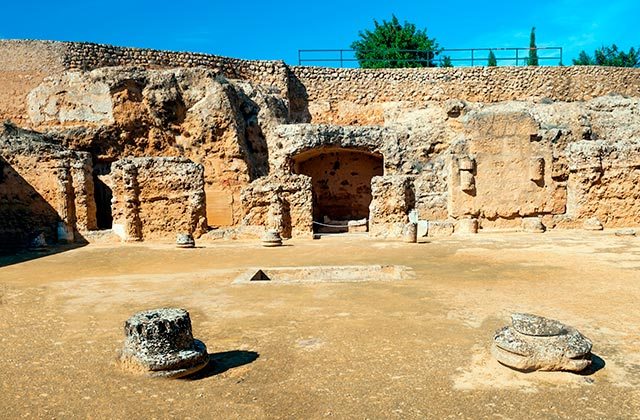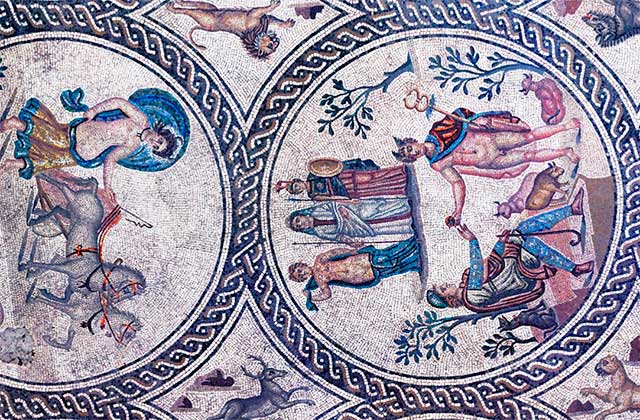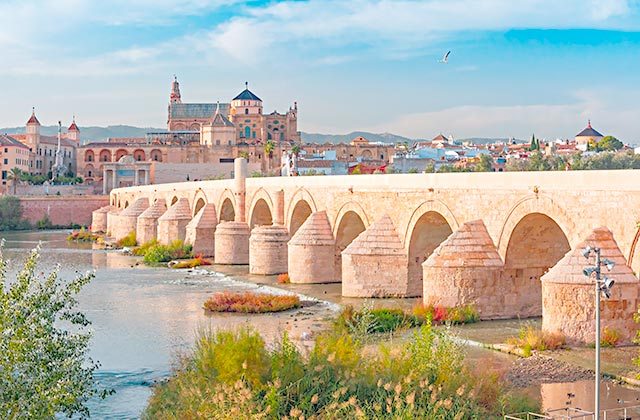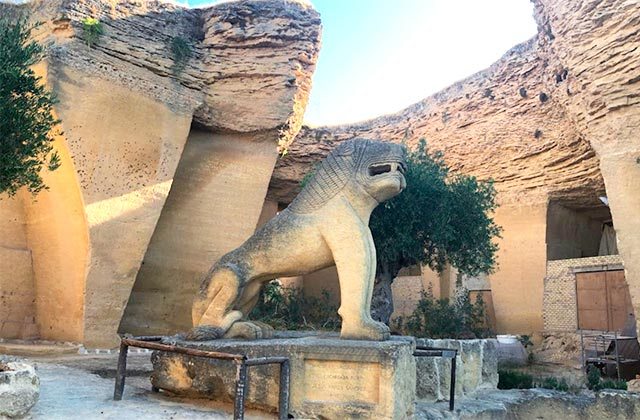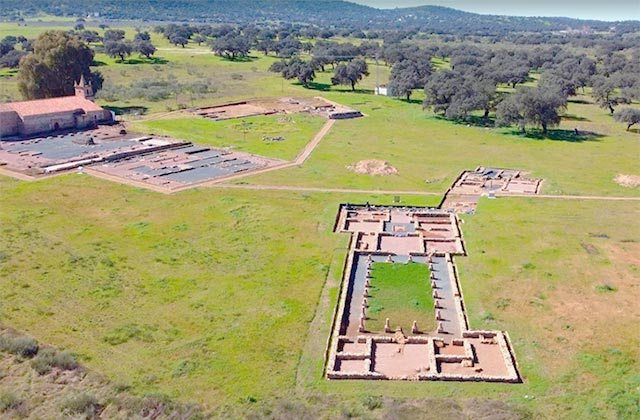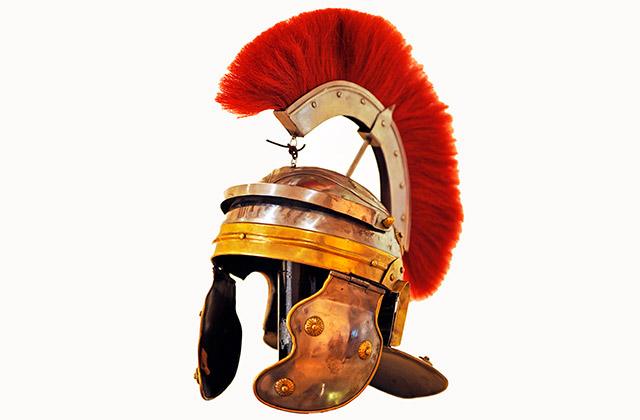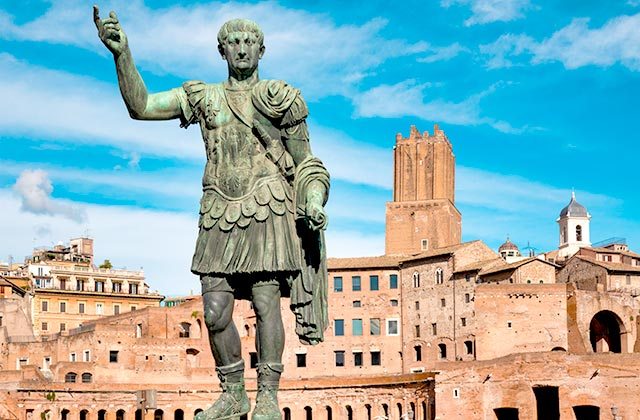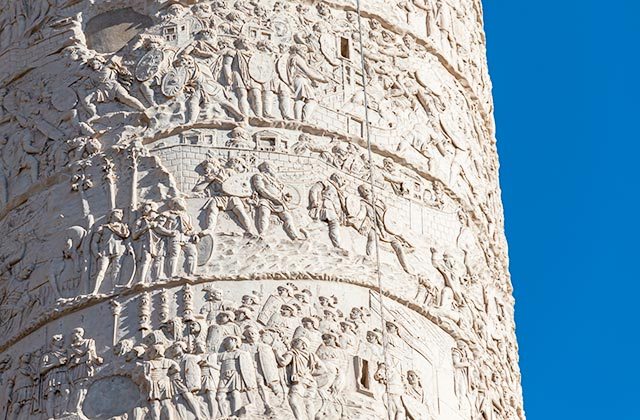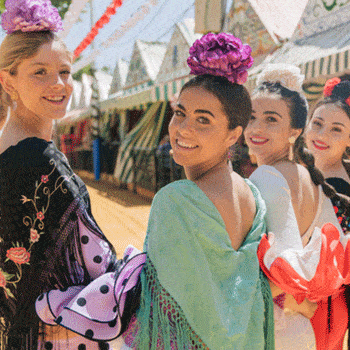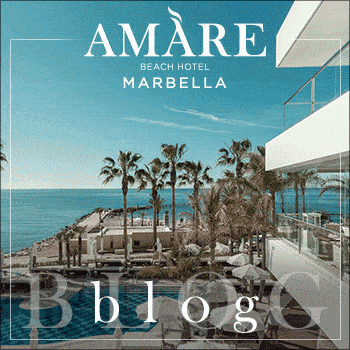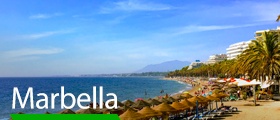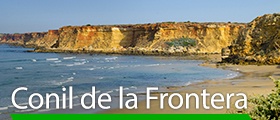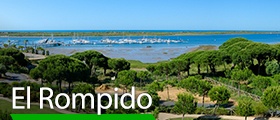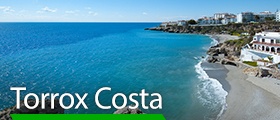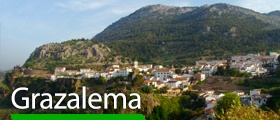
Archaeological sites that will transport you to Andalucia’s Roman Empire
Andalucia’s cultural, heritage and architectural wealth comes from the melting pot of the different cultures that have populated our region over the centuries. In each corner of this community, you can see the remains left by our ancestors and that allow us to see what their life was like in different historical eras. In Andalucia, one of the most prominent historic phases of greatest splendour came during the Roman Empire. The Roman spirit took hold of the southern Iberian Peninsula since between III B.C. and the 5th century, the Romans contributed buildings that were deserved by the land that provided them with the raw materials they needed to hold onto the magnificence that characterized them. And so a street, Vía Augusta, which connected our province with Rome, the imperial capital, was deservedly enjoyed. The Roman legacy is totally and absolutely incalculable and can be found in each and every one of the aspects that makes Andalucia the cosy and open land it is today. Temples, aqueducts, towns, mosaics, amphitheatres and theatres are just a small sample of some of the remains that have prevailed over time. So, be sure to visit these Roman vestiges that we will show you in the peninsular south and that will take you through time to the most profound and sumptuous aspect of the empire that conquered half the world.
1. Acinipo in Ronda (Malaga)
This is undoubtedly considered one of the most interesting Roman sites in Andalucia due to how well it has been conserved. Located in the heart of the Serranía de Ronda, the surrounding fertile lands led to our ancestors building a city in the place where some vestiges remain today. If you decide to visit beautiful Ronda and its mountains, don’t forget to pass through this Roman site that will transport you back to the Bronze Age. At Acinipo, the theatre stands out for its architectural value, which represents the town’s splendour during the 1st century BC.
2. Cartama Aqueduct (Malaga)
The Romans were pioneers of many architectural innovations, but, without a doubt, one of the most outstanding was the channelling of water through aqueducts. We can find a clear example of this in Cartama. This structure connected the source of the river with the municipal neighbour of Alhaurín el Grande. If you want to visit, you can also spend a day in the town enjoying its gastronomy, white alleys and charm—a perfect plan for a perfect getaway.
3. Baelo Claudia in Tarifa (Cadiz)
Baelo Claudia is home to some of the most spectacular Roman ruins in Spain. The Romans fell head over heels in love with Bolonia Beach in Cadiz and decided to establish one of their settlements there. With unparalleled sea views, this Roman city was a strategic point for trade with Africa. The site has conserved the most representative elements of the city, such as the square, the salted meat and fish trading post, the theatre and even the necropolis. Don’t miss this artistic complex on your Roman route through Andalucia, since you can enjoy the smell of the sea while you tour the site.
4. Hedionda Roman Baths in Manilva and Casares (Malaga)
Julius Caesar bathed in Hedionda so that its water would cure his skin infection. Their special characteristic as sulphur baths and their extensive use by man have enriched their role in historical and scientific reality. If you‘re travelling through the Province of Malaga, pay a visit and enjoy these domed ceiling baths, which are also the keepers of mysterious legends. The story goes that the devil, prior to being expelled from the place by Santiago, took his last breath here, leaving the smell of sulphur that exists today.
5. Roman Necropilis (Cadiz)
The Romans were very careful with their funeral rites. If you want to see one of the recently discovered necropolises, head to Cadiz. The complex comprises a total of 28 tombs from the Roman era dating from the 1st century BC to the 2nd century AD. The burials carried out through the rite of incineration and internment were done in simple pits, though there are also some uninterred bodies in masonry boxes. If you travel to Cadiz on holiday, do visit this curious site.
6. Italica (Seville)
A good Roman route in Andalucia worth its salt must also include Italica. This ancient Roman city located in the Seville municipality of Santiponce was the first to be founded in Hispania and also a pioneer in that it was established outside Italian territory. The site complex has been conserved very well and you can see the theatre, baths, aqueduct and even the remains of houses. The mosaics are one of the most outstanding artistic elements that will transport you to the magnificent era of the Roman Empire.
7. Roman Theatre (Malaga)
Malaga’s Roman theatre dates from the 1st century and was built during the era of Emperor Augustus. It is located in the heart of the city at the feet of the Alcazaba. If you come to the Province of Malaga, you must visit this bewitching Roman enclave. Street shows are now held with the site in the background, fusing the Roman cultural scenery with modern artistic expression. Make sure you visit this privileged corner to enjoy one of the best views in the capital of the Costa del Sol.
8. Villa de Caviclum in Torrox (Malaga)
The archaeological site of Caviclum in Torrox is one of the most outstanding in the Province of Malaga. The architectural complex is made up of a town, some pottery ovens, a necropolis, baths and a salted meat and fish trading post. This place was an important enclave in Roman times for agricultural production and fishing. Make sure not to miss this important site on this roman route through Andalucian lands.
9. Roman Necropolis of Riotinto (Huelva)
The mining zone of Riotinto in Huelva also has its own Roman necropolis. This place is also home to remains of architectural monuments, such as a mausoluem or funerary tower with an almost square floor that conserves part of the foundation work and tombs dug into the rock that match cremation rites. If you decide to visit the singular copper coloured landscape of the Riotinto Mines, don’t forget that its bowels hide other remains of the Roman occupation in ancient Betica.
10. Bovedas Baths of Marbella (Malaga)
A little over 33 feet from Guadalmina beach between Marbella and Estepona, you can find the “Bovedas Baths.” This site, which dates from the 2nd century, is considered one of the most unique in the entire Spanish territory belonging to this era. You mustn’t miss this enclave, which has even conserved its cover, as you take your Roman tour through Andalucia. A must see if you are taking a few days’ break on the Costa del Sol.
11. Roman Villa of Bruñel (Jaén)
The Roman villa of Bruñel is located in the municipal end of Quesada, in the eastern slope of the Sierra de Cazorla. The villa is found on a low hill in southern Arroyo de Bruñel and is formed by an Iberian cemetery from the IV A.D. century and another Roman cemetery from II to IV A.D. centuries, which has the cracks of a III A.D. century home, with peristiles, patios, impluvium and a wonderful mosaic collection.
12. Roman Aqueduct Huelva
This underground aqueduct dates from the I A.D. century. It’s located in the city of Huelva, more specifically on a zone of small hill knows as El Conquero running throughout the city from Las Colonias district to the vicinity of the San Pedro low hill.
At present and due mainly to that it is underground there are few remains that can be seen. In the neighborhood of the neighborhood of the Colonies is the denominated “Fuente Vieja”. A habitat that was used of leveling chamber and that was uncovered, and since always had water, the inhabitants of the zone enabled it like source. In addition to the Old Fountain, there are other vestiges of the aqueduct in the hills of El Cabezo del Conquero: a vent and an entrance to the gallery.
13. Roman Furnaces of El Rinconcillo
The Roman furnaces of El Rinconcillo are located in Algeciras and were part of the amphora fabrication complex for the garum elaboration industry, in addition to make other ceramic products for its domestic or construction use.
The archaeological ensemble is formed by two joined furnaces and its walls are made up by brick rubbish and adobe ceramic. Regarding the caverns in the center they are hold by a central column and eight arcs that leave out small holes that made the air flow.
14. Andalucía Theater Salting Factory
The Andalucía theater salting factory in Cádiz gives name to an archaeological complex referent to an industrial Roman ensemble. It’s located in the center of Cádiz, which during older periods was the old channel that divided Cádiz in two islands.
In this factory, salted preserves were made with different kinds of fish, but the most common was the tuna preserve. Also the Garum was made up in here, a very coveted product in that period and which was used as a condiment. It was made by marinating the guts of different kinds of fish which included salmon, anchovies, etc; in addition to certain aromatic herbs.
It was declared as a good of cultural interest in 1998 and it can be visited all year long for free.
15. Vía Augusta
Vía Augusta is the biggest Roman avenue in Spain, since it has a length of 1,500 kilometers and ran from the Pyrenees all the way through Cádiz.
It’s one of the most known and studied Roman avenues since early periods of history. It made up the principal core of the Roman Spain transportation system. As curiosity, the emperor August was who gave the name to it, as a consequence of the repairs that were made up under his rule, when it became one of the most relevant communicative and commercial roads among the towns, ports and provinces of the Mediterranean.
16. CARMONA ROMAN ARCHAEOLOGICAL SITE
Carmona Archaeological Site comprises an impressive necropolis, two quarries and a Roman amphitheatre.
The Carmo Roman necropolis is an impressive sight, since it is a funeral complex comprising hundreds of burial chamber dug into the rock and is one of the most important in Spain, since it is home to a large number of murals, although if you visit this site, you must see the elephant tombs (a sanctuary dedicated to worshipping the divinities Cybele and Attis) and the tomb of Servilia.
17. Cástulo Archaeological Site
Cástulo Archaeological Site is made up of the Linares Archaeological Museum and the actual city of Cástulo. This city, thanks to its access to the mining resources of Sierra Morena, was very important (it had coinage capacity and an episcopal see) during the imperial era. Here you can see, in addition to the walled city, a necropolis, public infrastructures, factories and some suburban installations.
With respect to the Archaeological Museum, here you can see pieces as important as the grave goods of numerous Iberian tombs, the Iberian Roman Lion of the Northern Wall or a piece of glass on which we can find the oldest representation of Christ documented on the Peninsula, called the Patena de Cristo en Majestad.
18. Córdoba Roman Bridge
If you visit Córdoba, you must see the Mosque-Cathedral complex, the river, the Puerta del Puente and the Roman Bridge itself, since together they make up one of the most beautiful views in the entire city.
The Códoba Roman bridge was built during 1st century, although the primary structure is Medieval and consists of 18 arches, 12 round arches and the rest acute arches. Furthermore, in the centre of the parapet you can see an impressive sculpture of San Rafael done by Bernabé Gómez del Río. Well worth seeing.
19. OSUNA
The origin of Osuna, or rather Pre-Roman Urso, dates back to the Tartessos and the Turdetani, who left beautiful examples of their art and culture as can be seen in the collection of Iberian sculptures on display at the National Archaeological Museum and at the Water Tower, which houses the Local Archaeological Museum. Nevertheless, it was during the Roman Civil War between Caesar and Pompey that this city was associated with the band of Pompey and the ruins of the Theatre and the Hypogea Necropolis of that time are still preserved.
20. Arucci Turobriga Archaeological Site in Aroche (Huelva)
The Arucci Turobriga Archaeological Site in Aroche (Huelva) is a 1st century Roman city and a 13th century medieval hermitage with impressive frescoes inside. This Enclave has fixed opening hours, guided tours, dramatized visits, historical recreation and classical theater events, etc.
Interesting facts about the Roman Empire in Andalucia
The Roman Empire left a profound mark on the region of Andalucia. Here are some curiosities about the Roman presence in this region:
- Roman Baetica: Andalucia was known as the province of Baetica during the Roman Empire. This region was one of the wealthiest and most prosperous provinces of the empire, with its capital being Hispalis, which is now the city of Seville.
- Emperors: On the outskirts of Seville lies the ancient Roman city of Italica, famous for being the birthplace of emperors Trajan and Hadrian. Here, you can visit an impressive Roman amphitheater that could accommodate over 25,000 spectators.
- Roman Dwellings: In cities like Cadiz and Malaga, remains of ancient Roman dwellings have been discovered, shedding light on the daily life of the inhabitants of that era.
- Influence on Culture and Architecture: Roman architecture and culture had a profound influence on the region of Andalucia, with many Roman architectural elements still visible in historic buildings, especially in the oldest cities.
- Influence on Agriculture: The Romans introduced new agricultural techniques in Andalucia, including irrigation systems and the cultivation of crops such as olives and vines, which remain vital to the region’s economy.
- Fortifications and Walls: Many Roman cities in Andalucia were fortified with walls to protect against potential attacks. In some places, like Ronda, remnants of these walls can still be seen.
- Roman Roads: The Romans built a network of roads that crisscrossed Andalucia, facilitating transportation and trade in the region. Some sections of these ancient roads are still visible today.
- Roman Baths: Public baths were an important part of Roman life, and many cities in Andalucia had their own thermal baths. In places like the Roman city of Acinipo (Ronda), you can see the ruins of these facilities.
- Roman Religion: In the ancient city of Baelo Claudia, there was a temple dedicated to the Roman god Jupiter, demonstrating the influence of Roman religion in the region.
- Linguistic Legacy: The Latin language spoken by the Romans had a profound influence on the Spanish language and, consequently, on the Andalucian dialect spoken in the region.
- Funerary Monuments: Various parts of Andalucia have yielded Roman funerary monuments that provide insights into the beliefs and funeral customs of the time.
- Roman Coins: Numerous Roman coins have been found throughout the region of Andalucia, providing valuable information about the economy and daily life during the Roman era.
- Romanization of the Population: During the Roman occupation, the local population gradually adopted the Latin language, Roman customs, and religion, contributing to the Romanization of the region.
- Underwater Archaeology: Along the coasts of Andalucia, especially in the Cadiz area, underwater archaeological remains have been discovered, including remnants of Roman ships and anchors, suggesting the importance of maritime trade routes in the Roman era.
- Heritage in Museums: Many Roman archaeological artifacts found in Andalucia are displayed in local museums, such as the Archaeological Museum of Seville and the Museum of Malaga, where visitors can admire artifacts and relics from the Roman period.
So, if you have a passion for history and decide to visit Andalucia, you must take the Roman route we recommend. It is a simple, natural way to take a unique tour that will transport you to the most intimate parts of the great Roman Empire.
The Arabian Route through Andalucia allows you travel back in time to Al-Andalus
WHERE TO STAY
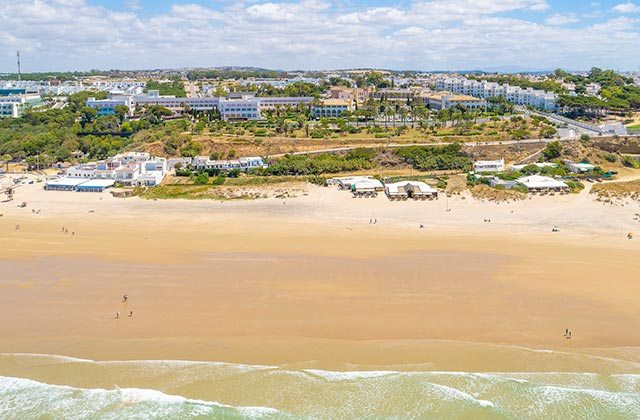
Hotel Fuerte Conil Resort
If you want to follow this cultural guide that immerses you in the Roman era of southern Spain, make sure you stay at a Fuerte Hotel. The chain has establishments in all of these fantastic corners that will facilitate your tour through history.
Our hotels and apartments offer excellent service, are leaders in quality according to TripAdvisor and backed by over 60 years’ experience. They truly are the best choice to disconnect and experience this historic and cultural route. Conil, Grazalema, El Rompido and Torrox are just some of the places where you can find this magnificent holiday accommodation.
